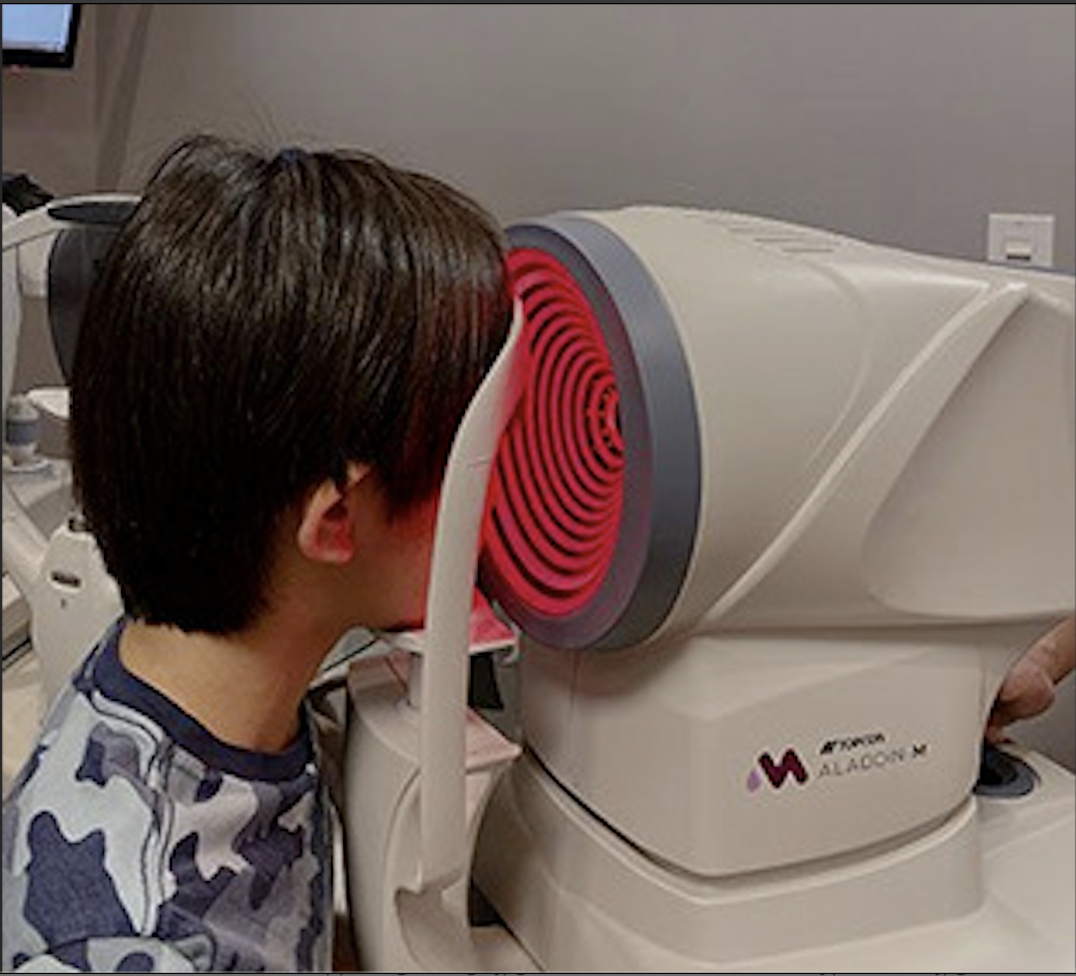
The Importance of Axial Length Measurement in Myopia Management
Myopia is a rapidly growing vision condition that affects millions of people worldwide, particularly children. Managing myopia is essential, as it can progress over time and lead to serious eye health issues, such as retinal detachment, cataracts, and glaucoma. One of the most effective ways to monitor and manage myopia is through axial length measurement.
Understanding Axial Length Measurement
Axial length refers to the distance from the front (cornea) to the back (retina) of the eye. In myopia, this length tends to elongate more than it should, causing light to focus in front of the retina rather than directly on it. Measuring axial length provides optometrists with critical information about the progression of myopia, helping to determine the best course of treatment.
Anterior biometry is a specialized test that measures different parts of the front section of the eye, including the cornea, anterior chamber depth, and lens thickness. These measurements are essential for understanding how structural changes in the eye relate to myopia progression.
Why Are These Measurements Important for Myopia Management?
• Tracking Myopia Progression:Axial length measurement offers a more precise way to track the progression of myopia than relying solely on changes in prescription strength. By measuring the eye's growth over time, doctors can monitor whether myopia management strategies are effectively slowing its progression.
• Early Detection of High Myopia: High myopia can lead to severe complications later in life, including retinal detachment and macular degeneration. Measuring axial length helps detect early signs of high myopia, even in children who might not yet show significant changes in their vision. Early intervention can prevent long-term damage.
• Personalized Treatment Plans: Understanding a patient's axial length allows for a personalized treatment plan that can include a combination of treatments such as orthokeratology (Ortho-K), MiSight contact lenses, or low-dose atropine eye drops. Each of these treatments works to slow down the elongation of the eye, and knowing the axial length helps customize the approach for maximum effectiveness.
• Improved Accuracy in Predicting Future Risks: By continuously monitoring axial length, eye care professionals can more accurately predict a patient’s future risk of developing serious eye health issues. This helps patients and their families make informed decisions about ongoing treatment and lifestyle adjustments that could help protect long-term vision.
Advanced Technology at Vision One Eyecare for Myopia Management
At Vision One Eyecare, we utilize cutting-edge technology to measure axial length accurately and efficiently. This non-invasive test is quick and painless, making it an excellent option for children and adults alike. With regular monitoring, we can ensure that myopia management strategies are working effectively and make adjustments as needed to prevent the condition from worsening.
Schedule a comprehensive eye exam at Vision One Eyecare to learn how axial length measurement can help manage myopia effectively for your child. Contact our office in Katy, Texas by calling (281) 395-2010 to book an appointment today.







